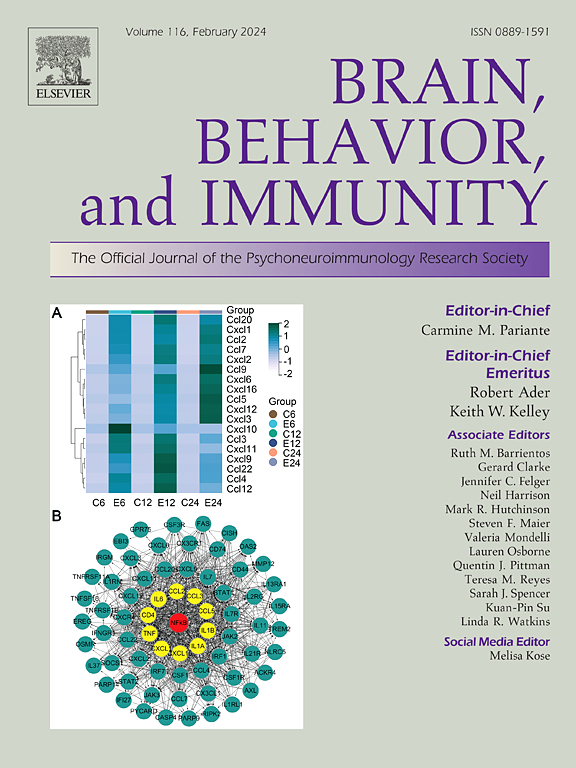Skull bone marrow-derived immune cells infiltrate the injured cerebral cortex and exhibit anti-inflammatory properties
Abstract
Identifying the origins and contributions of peripheral-derived immune cell populations following brain injury is crucial for understanding their roles in neuroinflammation and tissue repair. This study investigated the infiltration and phenotypic characteristics of skull bone marrow-derived immune cells in the murine brain after traumatic brain injury (TBI). We performed calvarium transplantation from GFP donor mice and subjected the recipients to controlled cortical impact (CCI) injury 14 days post-transplant. Confocal imaging at 3 days post-CCI revealed GFP+ calvarium-derived cells were present in the ipsilateral injured cortex, expressing CD45 and CD11b immune markers. These cells included Ly6G-positive neutrophil or Ccr2-positive monocyte identities. Calvarium-derived GFP+/Iba1+ monocyte/macrophages expressed the efferocytosis receptor MERTK and displayed engulfment of NeuN+ and cleaved caspase 3+ apoptotic cells. Phenotypic analysis showed that greater calvarium-derived monocytes/macrophages disproportionately express the anti-inflammatory arginase-1 marker than pro-inflammatory CD86. To differentiate the responses of blood- and calvarium-derived macrophages, we transplanted GFP calvarium skull bone into tdTomato bone marrow chimeric mice, then performed CCI injury 14 days post-transplant. Calvarium-derived GFP+cells predominantly infiltrated the lesion boundary, while blood-derived tdTomato+ cells dispersed throughout the lesion and peri-lesion. Compared to calvarium-derived cells, more blood-derived cells expressed pro-inflammatory CD86 and displayed altered 3D morphologic traits. These findings uniquely demonstrate that skull bone marrow-derived immune cells infiltrate the brain after injury and contribute to the neuroinflammatory milieu, representing a novel immune cell source that may be further investigated for their causal role in functional outcomes.

 求助内容:
求助内容: 应助结果提醒方式:
应助结果提醒方式:


